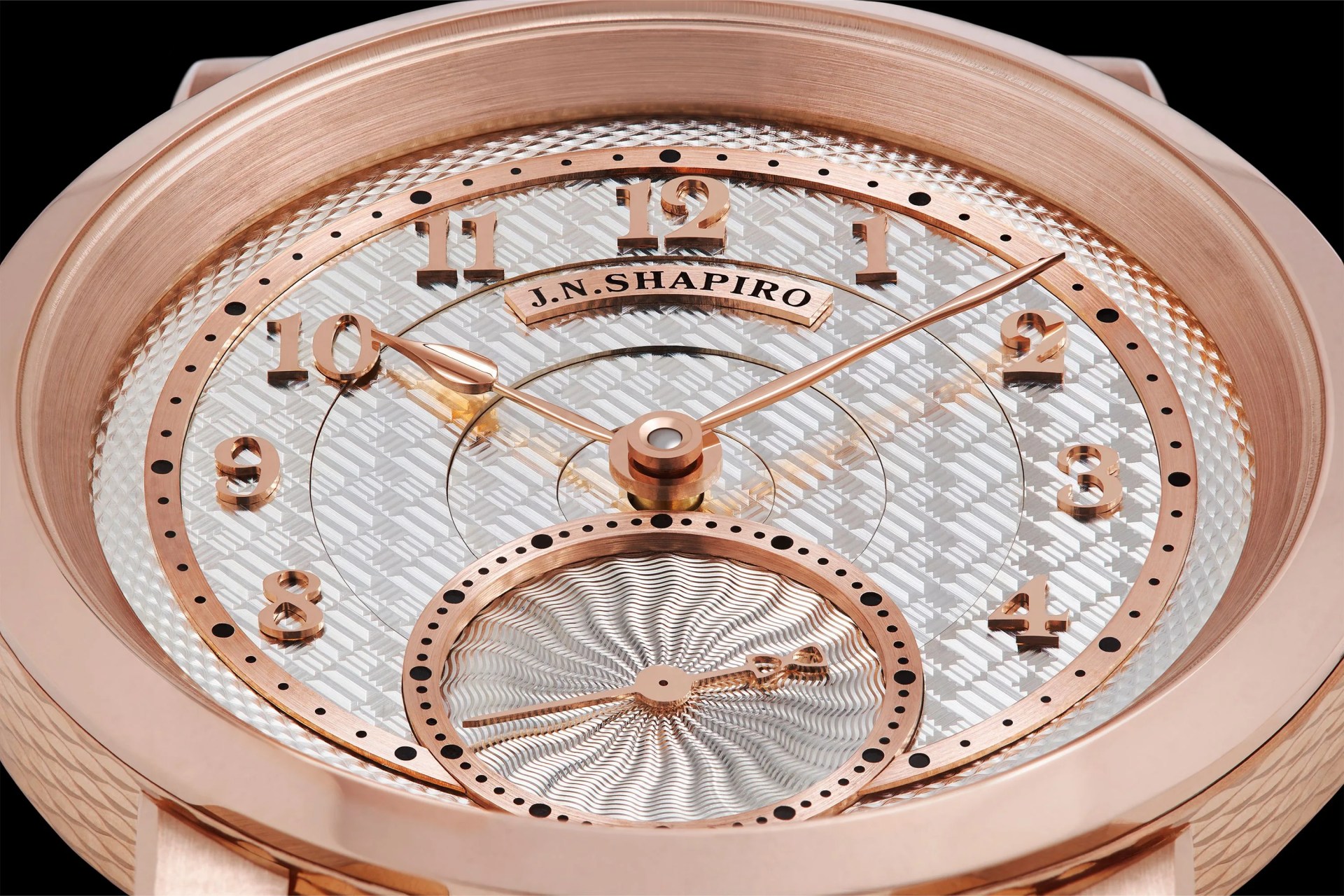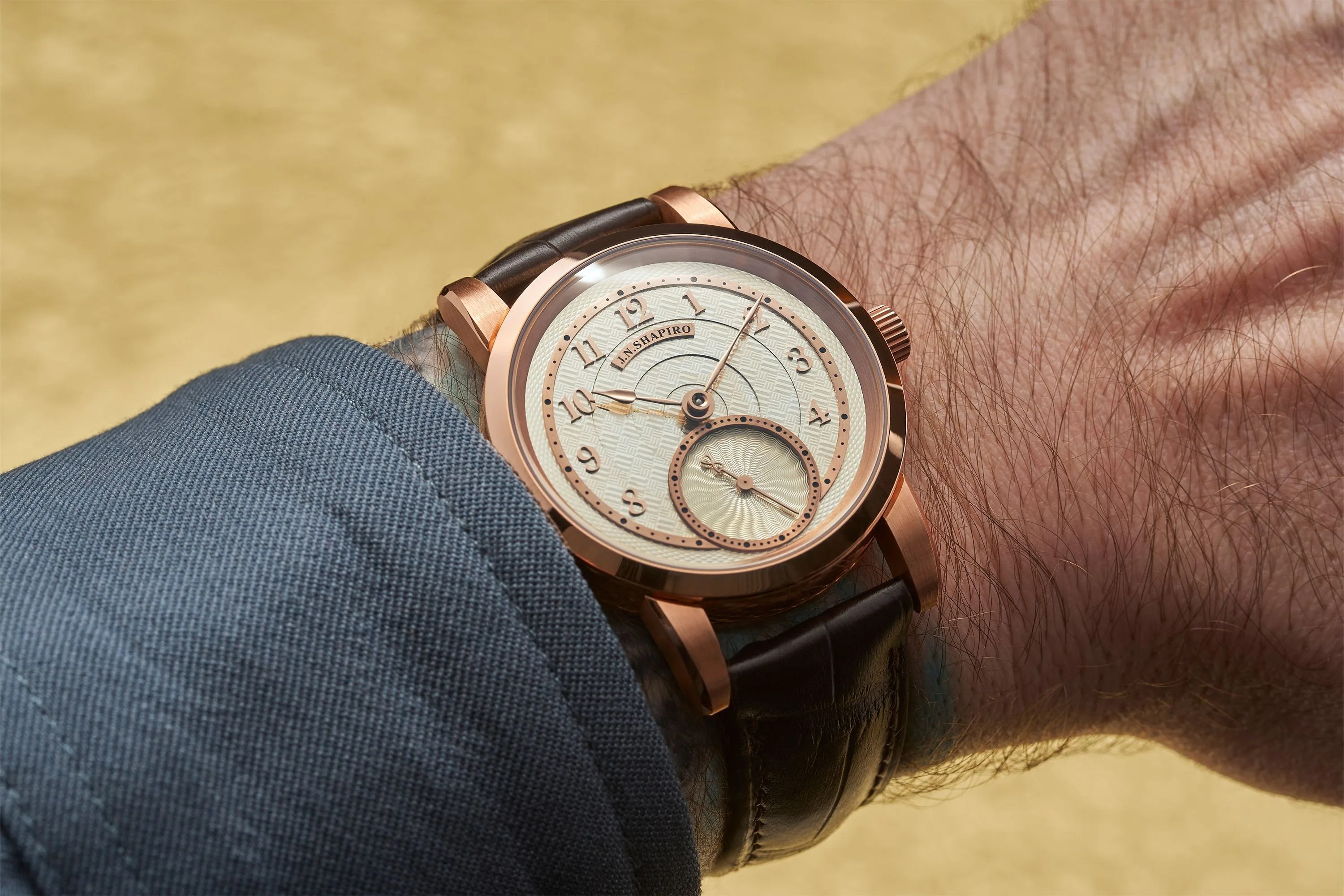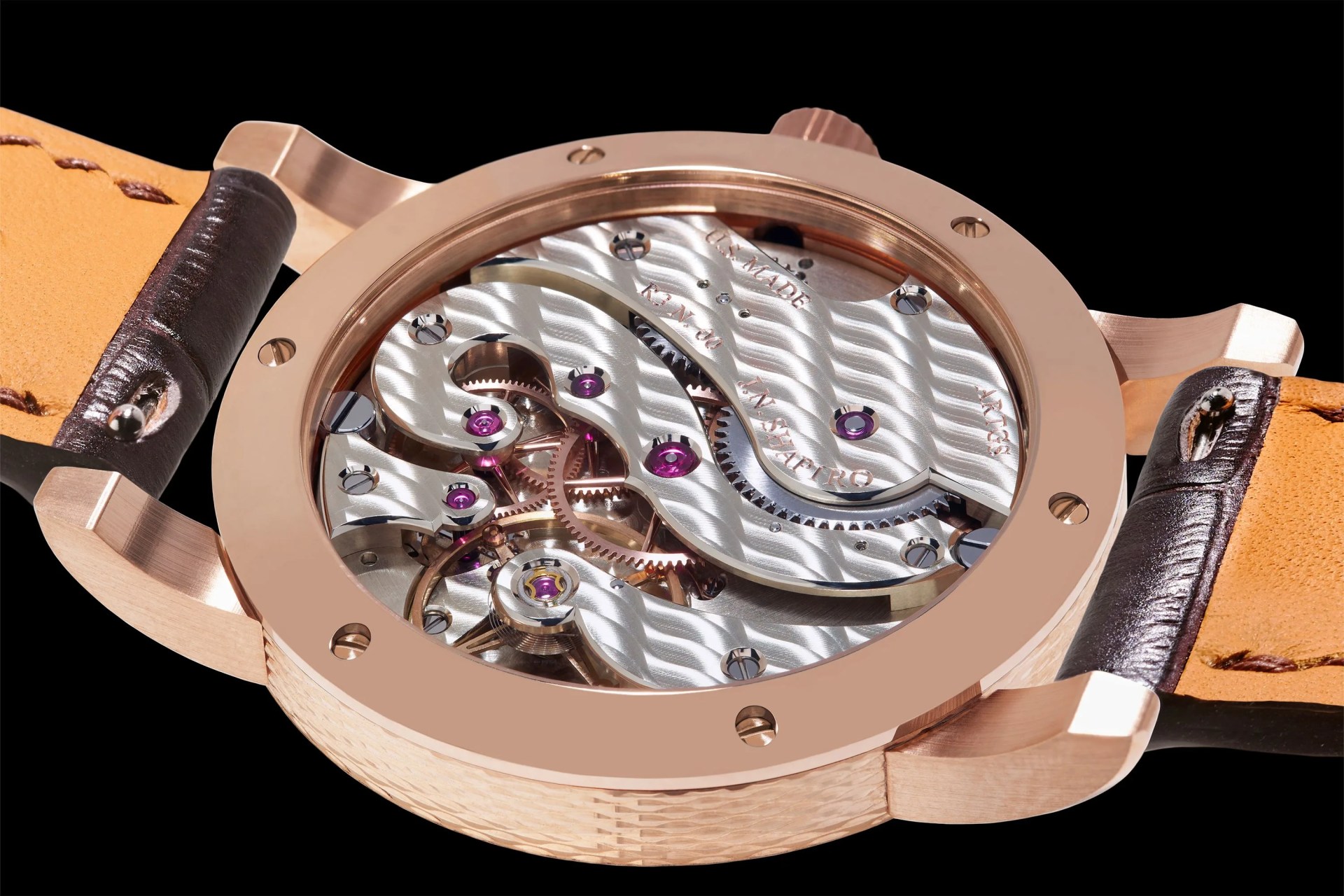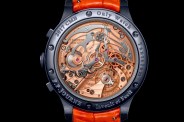Forgive us for a little skepticism regarding “American-made” watches. We’ve heard it all before. But this time just might be different.
Many have tried and some have even claimed success in producing a watch that qualifies as such. But when you dig deeper, what does “American-made” even mean? Was every single component made in the USA? According to California-based watchmaker JN Shapiro, that hasn’t been done in a mechanical watch since 1969 — until now. Here’s what you need to know about a major step in modern American watchmaking and the new JN Shapiro Resurgence watch behind it.
Is JN Shapiro’s Resurgence Watch Fully American Made?
Where something is made seems like a simple question. But then you remember the global economy, and when you’re talking about products like mechanical watches with over a hundred highly specialized components — well, it gets complicated. Even watches with the highly marketable Swiss-made label have to meet very specific definitions and criteria, and spoiler alert: they don’t have to be 100% Swiss.

There are certainly watches that claim to be American made. But JN Shapiro forces you to ask: to what extent? A young brand, Shapiro (founded by former school principal Joshua Shapiro) has steadily increased the number of in-house-produced components with each release. The brand was already notable for its own cases, hands and dials made using traditional techniques like hand-operated rose-engine lathes offering stunning guilloche patterns. What makes the Resurgence a big deal is that of the 180 components comprising its case, dial — and movement — 148 were made under one roof in California. More yet, are American in origin.
OK, hairsprings, mainsprings, jewels, crystals, gaskets and straps are sourced — but even many of the biggest companies go to specialists for those needs, and Shapiro says that they’re working on making hairsprings and jewels in-house this year. That’s uncommon in the industry, and the brand compares itself to celebrated British watchmaker Roger W Smith. who also produces everything in-house using traditional techniques. This is called the “Daniels Method,” after Smith’s mentor, George Daniels, whom Shapiro studies.






